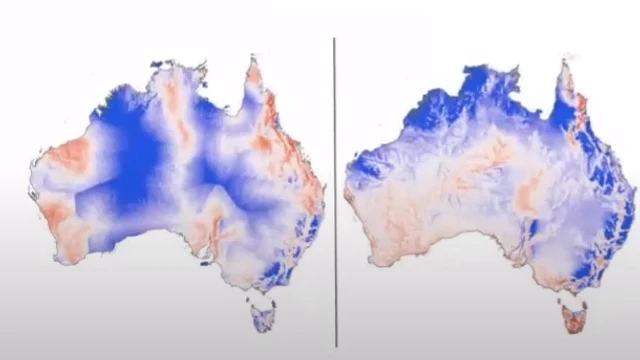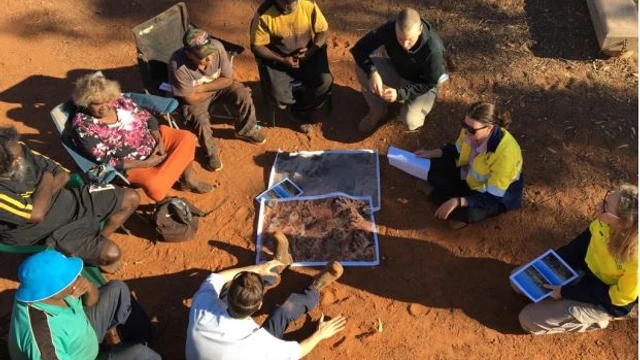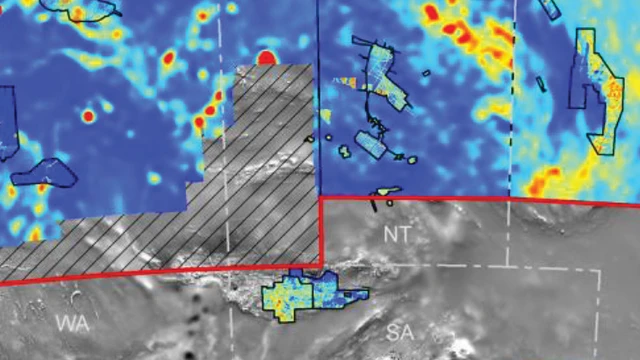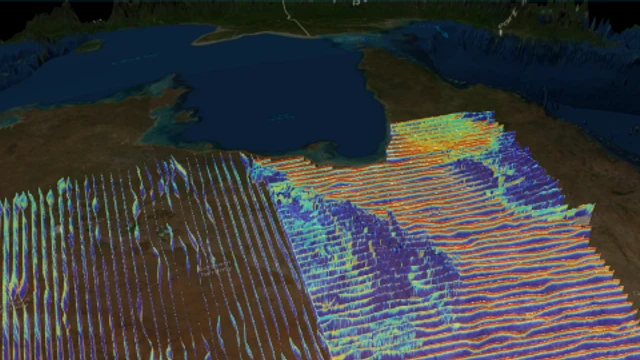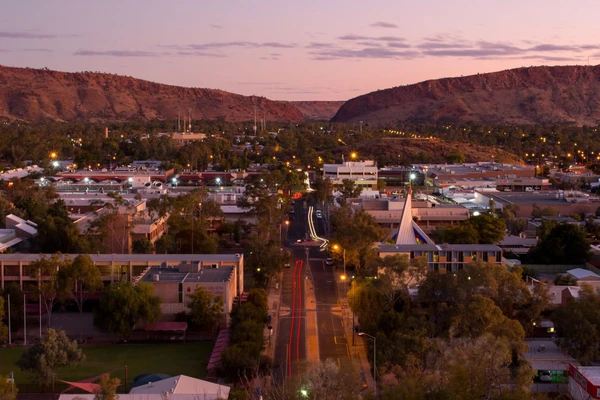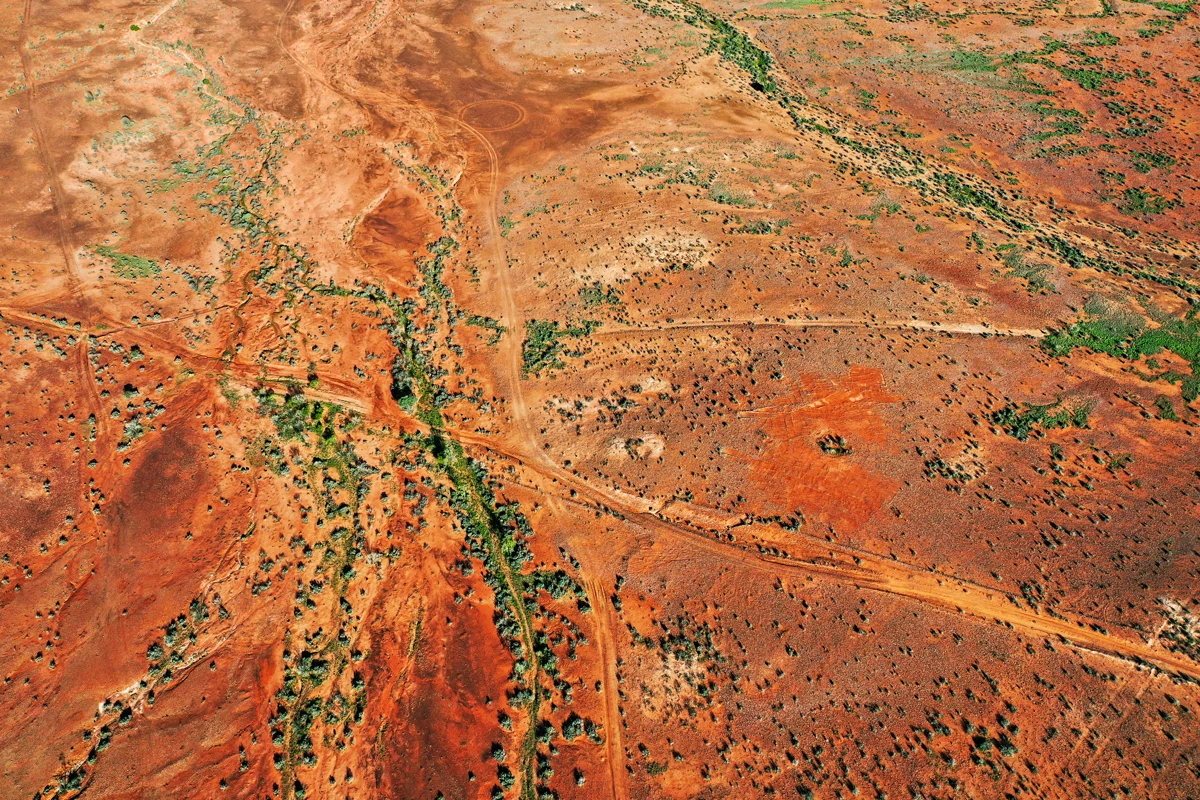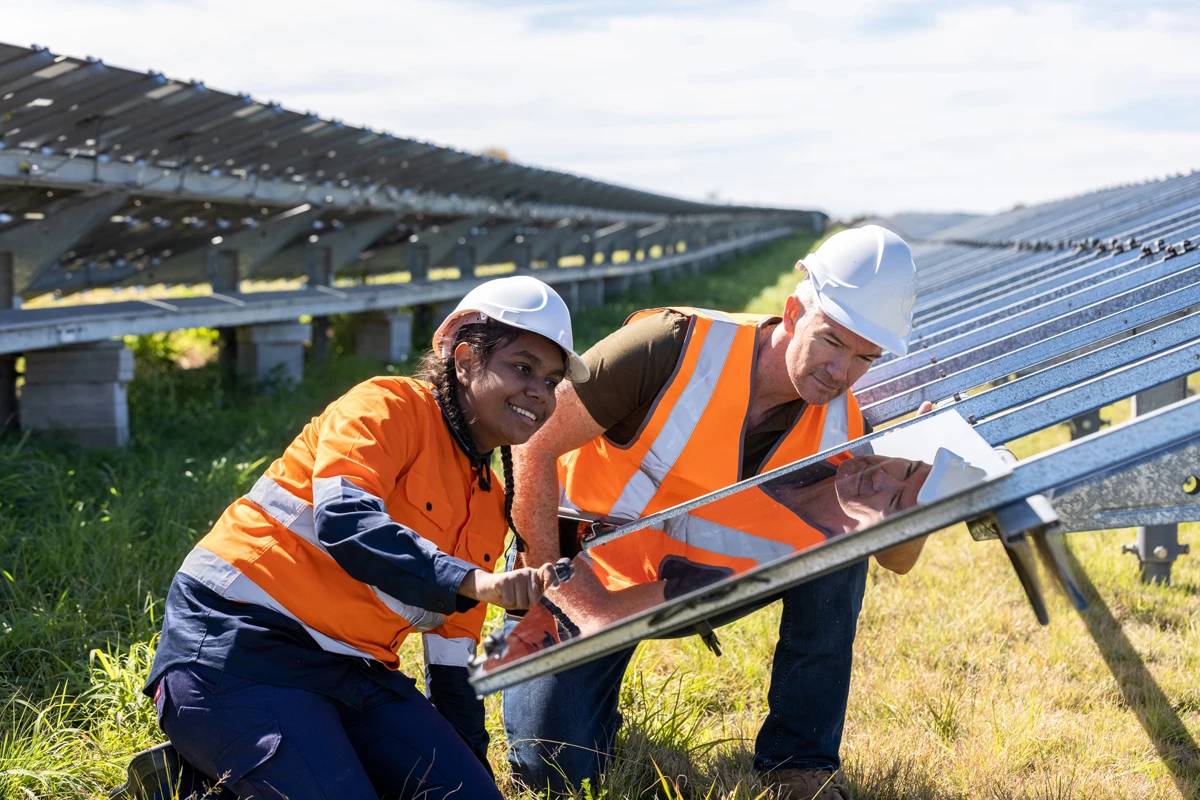
Growing economic prosperity and social well-being
As the Australian Government's trusted geoscientific organisation, Geoscience Australia produces 2D and 3D data, information and support tools that are publicly available to all through our online portals.
Our innovative tools and information are used by landholders, traditional owners, groundwater managers, natural hazard managers, environmental stewards, government, academia, industry and more.
The Exploring for the Future program has demonstrated benefits (2016-2024), especially in regional Australia.
Our work supports
- Better evidence-based engagement and informed decision-making
- Community well-being, resilience and empowerment.
